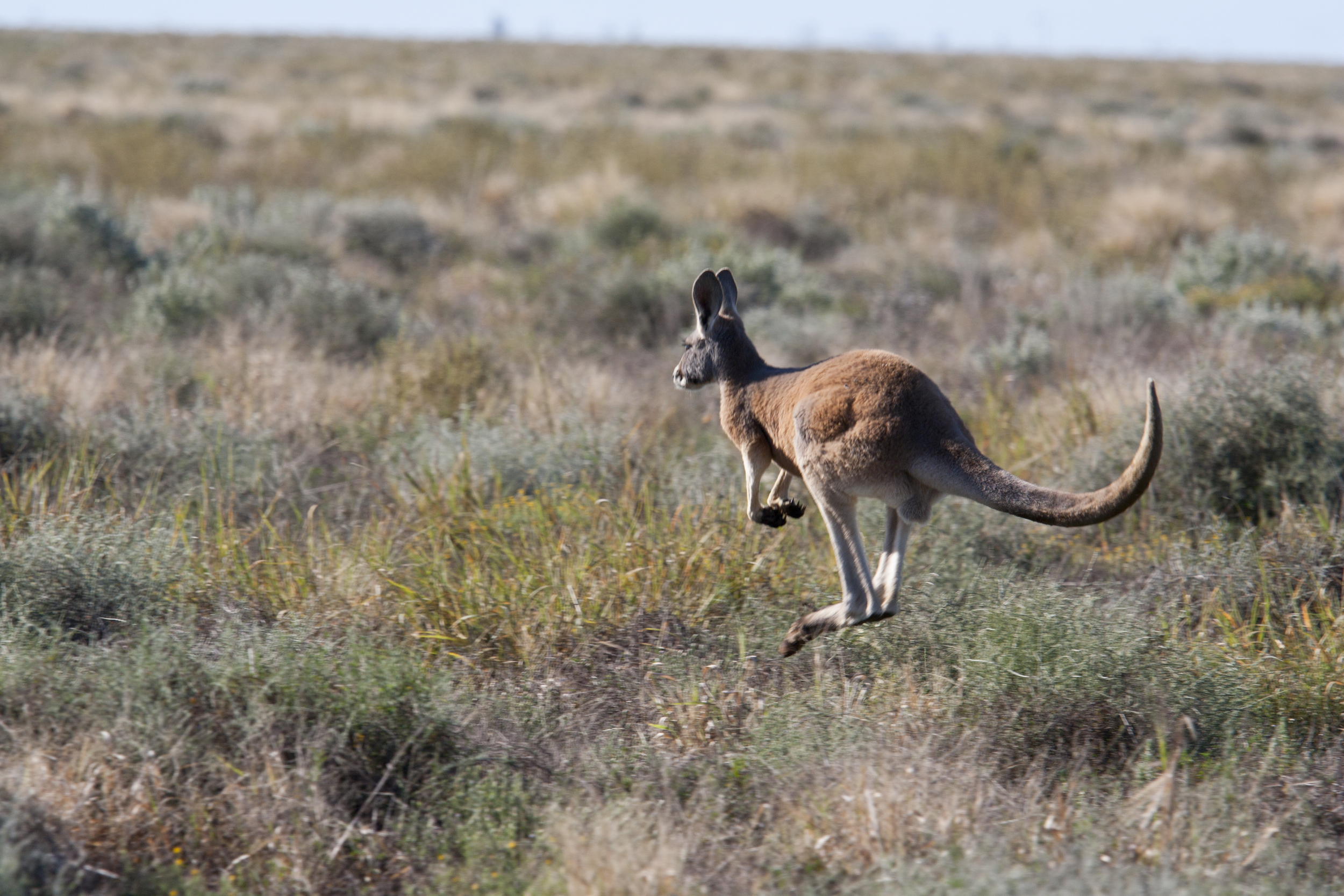Some of my work involves dealing with 3D images, either CT scans, MRI scans, or z-stacks from a confocal microscope. To analyse these images there are a variety of tools available but the industry standard seems to be Amira. Amira is an incredibly powerful piece of software not just for analysing 3D images, but also for editing them and making them look pretty for figures and presentations. Unfortunately, it comes with the kind of price tag you'd expect. As an academic user, I'd be able to purchase Amira at half price, about $5000 AUD, before taxes and extensions. For my work, I'd probably ultimately need at least the quantification+ extension, and possibly the neuro and large data set extensions as well.
Fortunately, I've been able to avoid this insurmountable expense through collaborations. I collaborate with biologists, neuroscientists and computational wizzes at Monash University and the University of Queensland. Because I am a staff member at Monash, I've been able to access the MASSIVE remote desktop. Through this desktop I have access to Amira, almost. MASSIVE does not have a licence for Amira. Instead they have a licence for Avizo. Avizo, to my understanding, is the same program as Amira, with a different skin. Amira is geared towards the life sciences, while Avizo is geared towards the physical sciences and engineering, but they both ultimately do the same thing.
Since I have access to Avizo but not Amira, I've been using Avizo for things that Amira's really meant for. Furthermore, as far as I can tell (and I've done some sleuthing), I'm the only person at the Australian National University using Amira/Avizo (side note: if you're at ANU and use either of these programs, please let me know!) That means, though I have support from experts at the University of Queensland and Monash, I've largely been on my own in figuring out how to use Avizo/Amira. Usually, when I have problems figuring out how to use software, Google is my saviour, however I've found the online resources for troubleshooting Avizo/Amira woefully inadequate (again, if you know of good online resources for this, please let me know!)
As I've been learning to use Avizo/Amira, I've encountered quite a few challenges, which I've mostly solved through trial-and-error, with some desperate e-mails to experts. Since I haven't been able to find these solutions online, I thought I'd put them here in a series of posts, so that the next desperate person might solve these problems without wasting quite as much time banging their head against a keyboard as I have. I'd like to note that these problems are beginner problems and will look very simple to the advanced (or even just regular) Avizo/Amira user, but they were quite frustrating at the time!
First, I must say that the Amira training manual is very useful for learning both Amira and Avizo, and is very easy to use. I've done Chapters 2 and 7, which teach the basics (including segmentation, the tool I use most) and animations, respectively. The troubleshooting I describe will assume knowledge of Chapter 2, sections 2.1-2.5, which cover loading an image, viewing an image, and segmenting an image. The reason I use the Amira training manual rather than the Avizo training manual is that the Amira manual uses a neuroscience example (a bee brain) and neuroscience is what I do, so it's much easier to directly translate the examples to my work.
In addition to the steep learning curve involved in learning to use Amira/Avizo, there are two additional sources of confusion that I've found. First, there are some things that are different between Amira and Avizo which can make the Amira training manual difficult to follow in Avizo. I'll cover the issues I've found later. Second, I'm a Mac/Linux user, and I think that there are some bugs in Amira/Avizo that are particular to these two systems. Here's the first one:
Using the "hot keys" of the Image Segmentation Editor in OS X or Linux
First things first, and this might seem simple, but it was really confusing at the time. Any of the "hot key" commands (what Avizo/Amira calls keyboard shortcuts) that use the Control key on PCs STILL use the Control key on Macs. This is despite the fact that every other program I've ever encountered uses the Apple/Command key in place of the Control key for keyboard shortcuts on Macs. Get used to it, Mac users, it's the Control key in Amira/Avizo. Here is a PDF of the Segmentation Editor's hot keys.
Second, as far as I can tell, not all the hot keys actually work (at least for me, using OS X and Linux). I made this table as a guide for myself so I would know if a key command normally works or if I'm going nuts. Most of them do work for me and I recommend going through each of them one-by-one, just to see what they do. If I'd done that two years ago, I'd have saved a lot of time!
The issues I'm going to go through on this blog are similar to this one. They will be very basic to the regular or advanced Amira/Avizo user, but boy would I have been overjoyed for someone to have told me these things when I was learning! If you have a particular issue with Amira or Avizo, please let me know and I will help if I can.









